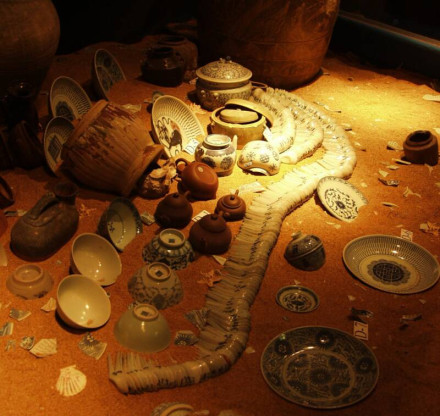History

Description
References
- NA_1.04.02_4932_0008.
- Flecker, M. (2011).
Wrecked Twice: Shipwrecks as a Cultural Resource in Southeast Asia.
Rethinking Cultural Resource Management in Southeast Asia. preservation, development and neglect. Pp. 15-36. Anthem Press.
pp 15-36. - Matelief, Cornelis (1648).
Historische verhaal van de trefelijcke reyse.
pp 30,31. - Troost Wouter.
Historische verhaal van de VOC. - Wikipedia.
Battle of Cape Rachado.